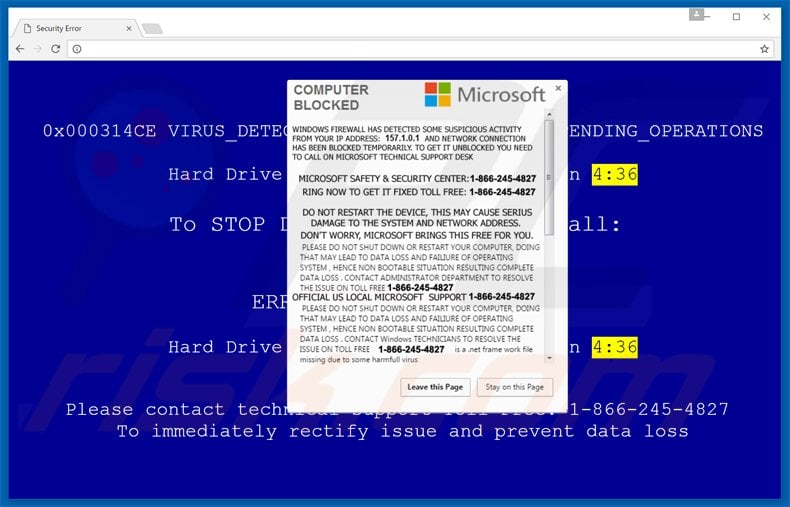

Some pop-up ads are full-screen, while others try to hide the close buttons or links. They can appear almost anywhere on a web page, from the top to the center to the bottom. They might all seem the same at first glance, but there are several different types of pop-up ads. Instead, report it to the Cybersecurity and Infrastructure Security Agency (CISA). If you’re asked to pay a ransom in exchange for access to your phone’s files, don’t pay.

Don’t click on any links or call any numbers in pop-up ads.

Bitdefender offers paid mobile security options for Android and iPhone, while McAfee offers free antivirus software for both types of phones.
Install and run a trustworthy antivirus program. If your phone keeps getting cluttered with pop-ups, take these steps to protect your phone from scams, adware, and ransomware: But, on the other hand, your phone could be infected with malware. If you’re seeing pop-up ads on your cell phone, it could be just another case of a website using them to advertise. For example, California uses AMBER Alerts that pop up over whatever you’re currently doing on your cell phone to help with child abduction emergencies. On a more serious note, emergency broadcast systems, organizational security departments, and local and state governments use pop-ups to notify you in case of an emergency. The malicious code could automatically redirect your browser to a phishing site or try to spread ransomware to your machine. You don’t click the link or call the phone number.īut thanks to the science of steganography, hackers could embed malicious code directly into the pop-up ad. Some malicious pop-up ads are easy to avoid. When hackers create fake website pop-up ads to try and infect your device with malware, it’s called malvertising. This means clicking on a pop-up ad can be dangerous because it could download malware to your device. Done right, pop-up ads can successfully get us to sign up for emails and subscribe to site updates.īut pop-up ads can also be used by hackers who exploit vulnerabilities in a web browser’s security. Behind the curtain, pop-ups mainly use JavaScript to pop up in a new window.Īdvertisers use pop-ups to draw in new customers. On our end, pop-up ads seem to suddenly appear, usually disrupting whatever we’re doing on the web page we’re visiting.







 0 kommentar(er)
0 kommentar(er)
